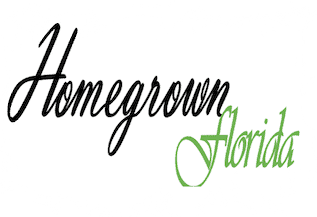Last Updated on May 22, 2025 by Homegrown Florida
This cucumber season is shaping up to be one of my better ones. But it definitely didn’t happen by accident. Growing cucumbers in Florida’s heat and humidity takes patience, timing, and some hands-on care, especially when it comes to hand pollinating cucumbers.
In this post, I’m sharing what I’ve learned over the years about getting cucumbers to actually set fruit, how to tell what kind of cucumber plant you’re working with, how to hand pollinate if needed, and some tricks to naturally bring in more pollinators so you don’t have to do it yourself. Let’s dig in.
Table of Contents
This post may contain affiliate links. Read full disclosure here.
The Basics of Cucumber Pollination
Cucumbers are insect-pollinated, meaning they rely on pollinators, mainly bees, to move pollen from male flowers to female flowers. Unlike self-pollinating plants like tomatoes, cucumbers have separate male and female flowers. Without that pollen transfer, you’re not getting any cucumbers.
Three Types of Cucumber Plants
Knowing what kind of cucumber you’re growing will help you understand what to expect when it starts flowering.

1. Monocarpic (Monoecious)
These are the most common. They produce both male and female flowers on the same plant. Boston Pickling is a good example. Male flowers usually come first, followed by female flowers a couple of weeks later. The male flowers are designed to bring in the pollinators so not only do they come in first, they come in more abundantly than the female flowers.
2. Gynoecious
These produce mostly or only female flowers, which sounds great, more cucumbers! But they still need a nearby plant with male flowers to get pollinated. A monoecious plant grown alongside it will do the trick. Many times gynoecious seed packets will provide monoecious seeds within but it does require growing several plants to ensure you have some of both plants.
3. Parthenocarpic
These produce only female flowers and don’t require pollination to make fruit. They’re perfect for greenhouses or low-pollinator gardens. But you can’t save the seeds from these. The fruit is often seedless, and even if seeds are present, they won’t be viable.
Male vs. Female Flowers: How to Tell the Difference
- Male flowers have a regular stem behind them.
- Female flowers have a mini cucumber-shaped bump at the base. That’s the immature fruit, and it needs pollen to develop.

How to Hand Pollinating Cucumbers
If your garden isn’t buzzing with bees, here’s how to give your plants a hand.
Method 1: With a Brush or Q-tip
- Rub a paintbrush or Q-tip into the center of a male flower.
- Find a female flower and gently dab the brush onto its center.
- Repeat daily for any new female flowers.
Method 2: Using a Male Flower
- Pluck a male flower and peel back the petals.
- Rub its center directly onto the center of a female flower.
You’ll know it worked if the tiny cucumber starts to grow quickly in the next day or two. If it shrivels and turns yellow, it likely didn’t take.
What If You’re Not Getting Female Flowers?
Sometimes your cucumber plants just push out male flowers forever or they stop producing female flowers after a couple of fruit sets. Here’s what might be going on:
- Too young. Give it time. Female flowers often show up a couple weeks after the first male ones.
- Stress. Heat, inconsistent watering, or poor nutrition can all cause the plant to panic and stop producing female flowers.
- Overripe cucumbers. If you let even one cucumber get too big, the plant thinks its job is done. It’s trying to reproduce, and it assumes that big fruit did the trick.
- Not enough phosphorus. If your plant is flowering but not setting fruit, it might be low on phosphorus. A quick fix is to give it a dose of liquid fish fertilizer or another phosphorus-rich liquid feed.
What If You Have All Female Flowers?
If you’re seeing lots of female flowers but no cucumbers forming:
- Parthenocarpic variety? You’re fine. No pollination is needed.
- Gynoecious variety? You need a nearby monoecious plant to supply pollen.
- Still not setting fruit? It’s likely a phosphorus deficiency or heat stress. Try a liquid fertilizer with more phosphorus than nitrogen to support fruit development. If heat is causing stress, consider hanging shade cloth above the plants to provide them with some retrieve from the intense sun.
What If There Are No Flowers at All?
If your cucumber plant is big and leafy but not flowering:
- It’s too young. Some plants need to put on more growth before flowering.
- Too much nitrogen. Big, bushy, beautiful plants with no flowers? Classic nitrogen overload. Switch to a low-nitrogen, high-phosphorus fertilizer like fish emulsion or a tomato and vegetable blend with a middle number (phosphorus) higher than the first (nitrogen).
- Disease or pest pressure. Powdery mildew, downy mildew, aphids, or whiteflies can all impact flowering. I spray my cucumber plants weekly with a hydrogen peroxide solution (1 cup hydrogen peroxide to 1 gallon of water) to help prevent fungal issues.
- Heat stress. Florida’s growing window is tight. Once the temps climb too high, especially the nights flowering slows or stops. Aim to grow your cucumber plants earlier in the spring season.
Timing Cucumber Planting in Florida

In Florida, cucumbers don’t give you a wide window of opportunity. The season is short, and if you miss it, there’s not much room to catch up. Our last predicted frost usually lands in mid to late February, though we don’t get many actual freezes here. But even a light frost can kill a young cucumber plant.
Here’s what I do: I start seeds in trays at the beginning of February. Once we approach our last frost date, I keep a close eye on the 10-day forecast. If nighttime temperatures are consistently above 40°F, that’s my cue to get those seedlings in the ground. You don’t want to plant too early and risk frost damage but wait too long, and you’re heading straight into the heat, which cucumbers do not appreciate.
I also succession plant for a few weeks to see which timing gives the best results. One batch might struggle, another might thrive. That’s the beauty of trying a few rounds. You learn what works in your garden, and that helps you repeat success year after year.
Bring in More Pollinators Naturally
The less you have to hand pollinate, the better so let’s talk about attracting more natural helpers.

How to Encourage Pollinators:
- Plant flowers nearby. Marigolds, zinnias, sunflowers, and cosmos are pollinator magnets.
- Add herbs. Let basil, dill, bee balm, and chamomile flower—they’ll draw in bees and beneficial insects.
- Grow native flowering plants. Native plants support native bees, butterflies, and hoverflies.
- Avoid pesticides. Even organic sprays can harm pollinators if sprayed directly on blooms. Spray in the early morning or late evening if needed.
- Diversify your plantings. Intermix flowers, veggies, and herbs. A diverse ecosystem naturally invites more pollinators and helps reduce pest pressure.
With a little planning, your garden can become a pollinator paradise and your cucumbers (and other crops) will thrive because of it.
Final Thoughts
Getting a big cucumber harvest in Florida isn’t always easy, but with a little strategy, the right timing, and maybe a few gentle hand-pollinating sessions, you can do it. And if your pollinator population is low, there are plenty of ways to build that up, too.
If you want even more detailed guidance on growing cucumbers—and every other veggie in the Florida garden. Don’t forget to check out my ebook! It’s packed with the timing, varieties, spacing, and care tips I’ve learned through years of growing here in Florida. Happy gardening, and may your cucumbers be crisp and plentiful!



